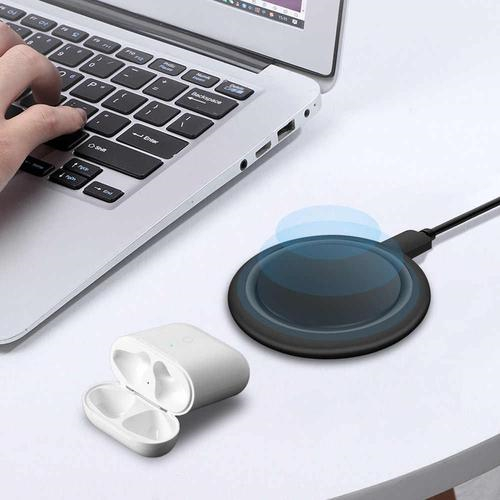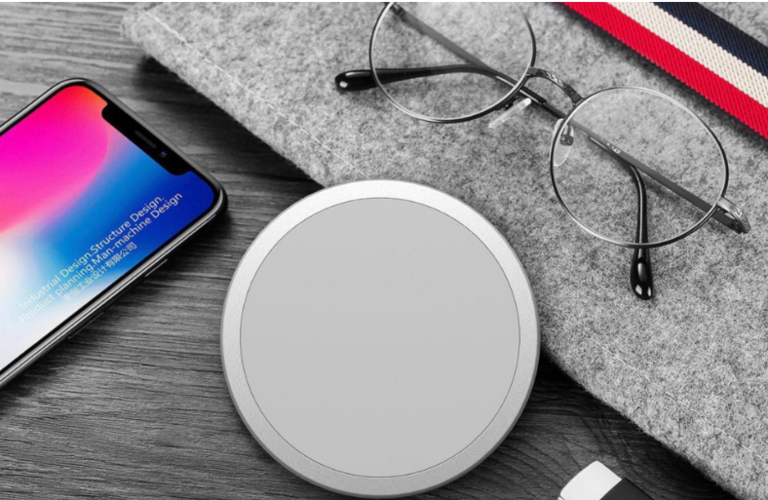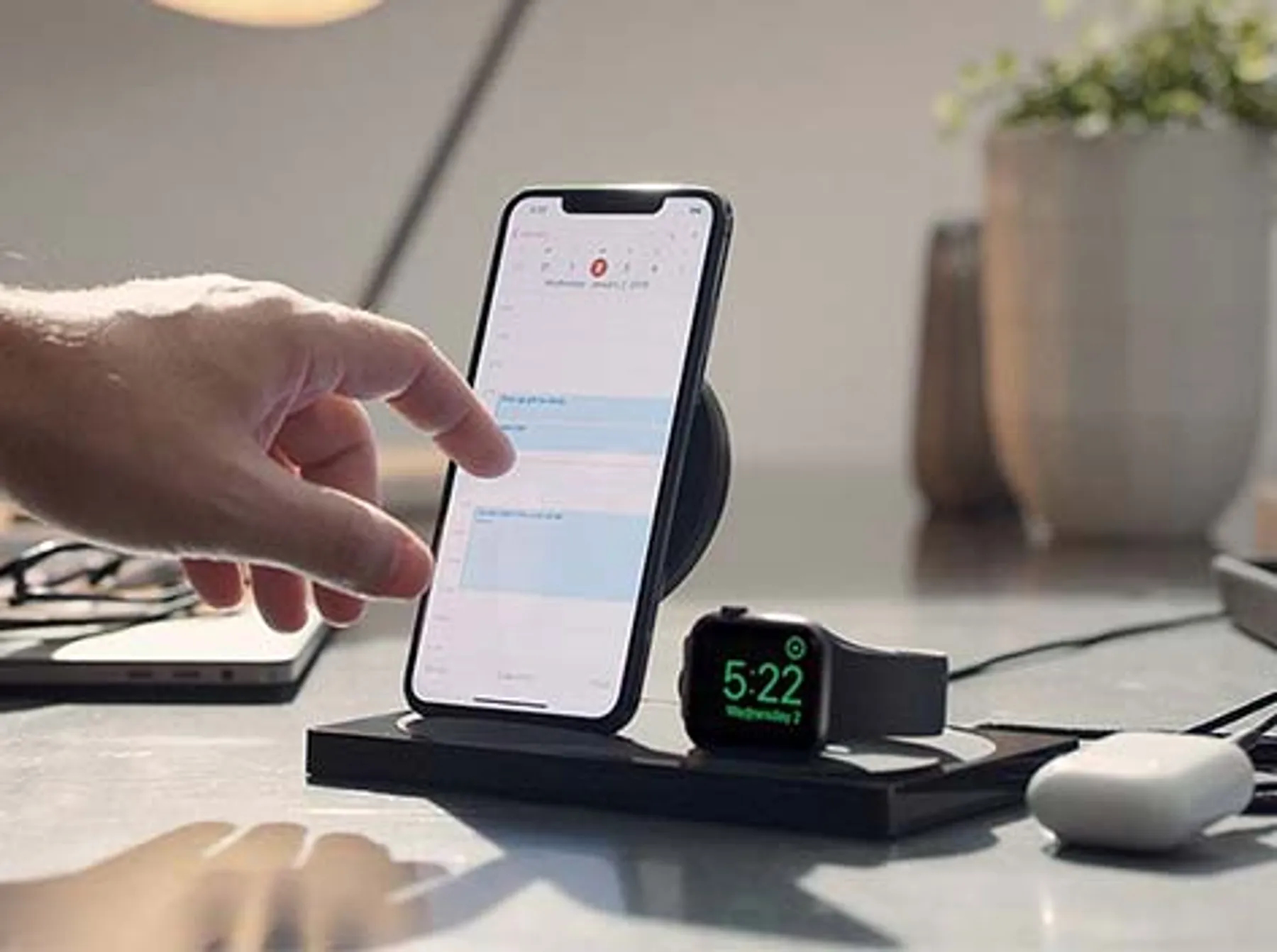
Advances in technology have led to the development of various types of wireless chargers for mobile devices, including MFi wireless chargers, MFM wireless chargers, and Qi wireless chargers. Choosing the right one can be a little tricky, as each type has its own unique advantages and disadvantages. In this article, we'll discuss how to choose between these three different options so you can make an informed decision when shopping for a new charger. MFi Wireless Charger: The MFi (Made For iPhone/iPad) certified wireless charger is specially designed for Apple products such as iPhone, iPad, iPod and AirPods. These chargers feature a magnetic induction coil that creates a magnetic field, allowing them to quickly charge compatible Apple devices without plugging them into a wall outlet or USB port. The main advantage of MFI-certified chargers over other types of wireless chargers is their superior charging speed; however, because they are designed specifically for Apple products, they tend to be more expensive than other models. MFM Wireless Chargers: Multi-frequency magnetic (MFM) wireless chargers use multiple frequencies to charge multiple device types at once. It works by using an alternating current (AC) signal sent through two separate coils; one coil emits the AC signal while the other coil receives the signal from any number of compatible devices placed on top of the charging pad at the same time. This makes it ideal for homes or businesses with multiple users who need to charge their phones at once, but don't want wires cluttering their desk or table top because they don't need them during operation. However, since it requires special equipment (i.e. a receiver built into each device), it tends to be more expensive than most standard options available today, and may not be compatible with all device models on the market, depending on what the manufacturer offers itself compatibility specification.


Qi Wireless Charger: Qi stands for "Quality Induction" and represents an industry standard set by the WPC (Wireless Power Consortium). Devices equipped with this feature use inductive coupling to wirelessly transfer energy over short distances through an electromagnetic field created between two objects -- usually a transmitter base station connected by a cable adapter that plugs into a wall outlet and a base station located inside the phone case itself. Receiver unit connection. The latter then uses this energy source to convert electricity from the battery in the smartphone being charged back to a usable battery, eliminating the need for additional physical connectors such as USB etc., saving space and hassle associated with traditional wired methods . Some advantages include easy installation, no tangled wires, and many newer models come with integrated protective cases for easier portability. The downside is that, despite the popularity, some manufacturers have failed to offer support for high-power versions, resulting in slow charging times for some devices, while more expensive devices may also need to be replaced annually due to wear and tear from normal use.Overall, all three options offer various additional benefits, and the cons should be carefully weighed before making a specific choice based on user needs, budget requirements, etc., but keep in mind that the best way to ensure a reliable long-lasting charge Try to stick to brand name companies like Anker Belkin etc. Rest assured knowing there is quality product investment behind the service too

Post time: Mar-02-2023







